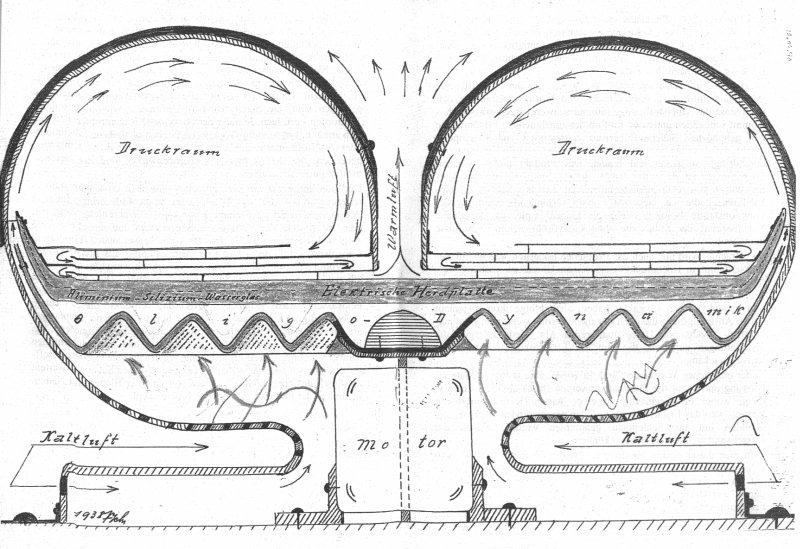|
Viktor Schauberger Information From Chat GPT
Introduction:Viktor Schauberger was a prominent Austrian inventor known for his revolutionary ideas in the field of water management and energy production. One of his most notable inventions was the trout turbine, which utilized the natural vortex motion of water to generate power. This article will explore Schauberger's life and work, focusing on his trout turbine invention and its impact on society. Additionally, the article will examine his involvement with the Nazi regime and his work in aviation during World War II.Early Life and Career:Viktor Schauberger was born in Holzschlag, Austria in 1885. He grew up in a family of foresters and spent much of his childhood exploring the nearby forests and observing the natural world. His interest in natural phenomena would later influence his work as an inventor. After completing his education, Schauberger worked for the Austrian Forestry Commission, where he gained experience in water management and environmental conservation. He later established his own research institute, where he devoted himself to studying the properties of water and energy.The Trout Turbine:One of Schauberger's most notable inventions was the trout turbine, which utilized the natural vortex motion of water to generate power. The trout turbine was designed to mimic the motion of water in a natural stream, using a spiral channel to create a vortex that would spin a turbine. Unlike traditional turbines, which used straight channels to force water through them, the trout turbine worked in harmony with the natural flow of water, reducing turbulence and minimizing energy loss. The trout turbine was highly efficient and environmentally friendly, making it a popular choice for small-scale hydroelectric power generation.Impact on Society:Schauberger's inventions, including the trout turbine, had a significant impact on society. They provided a new approach to water management and energy production that emphasized harmony with nature rather than domination over it. The trout turbine was particularly well-suited for use in rural areas and remote locations, where access to conventional sources of energy was limited. It also paved the way for further research into the use of natural energy sources, such as wind and solar power.Involvement with the Nazi Regime:Schauberger's involvement with the Nazi regime is a controversial aspect of his life. He was initially drawn to the Nazi party's emphasis on environmental conservation and was appointed as an advisor to the German government on water management issues. However, he soon became disillusioned with the regime's policies and resigned from his position. Some scholars argue that Schauberger's work during this period was largely apolitical and focused on his scientific research, while others maintain that he was complicit in Nazi war crimes.Aviation and UFOs:During World War II, Schauberger worked in aviation research, where he was involved in the development of flying discs. These were highly experimental aircraft that utilized unconventional propulsion systems, such as the natural vortex motion of air. Schauberger was also interested in the phenomenon of unidentified flying objects (UFOs) and believed that they were related to his work in aviation. While his ideas in this area were highly speculative and unproven, they continue to generate interest and debate among UFO enthusiasts.Conclusion:Viktor Schauberger's life and work were characterized by a deep fascination with the natural world and a commitment to sustainable energy production. His trout turbine invention remains a testament to his innovative spirit and his belief in the power of nature to provide solutions to human problems. However, his involvement with the Nazi regime and his work in aviation during World War II are more controversial aspects of his legacy, and continue to be the subject of debate and analysis. Regardless of these issues, Schauberger's contributions to the field of water management and energy production remain an important part of his legacy, and continue to inspire researchers and inventors today.
|


